CULTURE OF GOA
Art & Culture
The smallest
state of India needs no introduction because this honeypot tourist destination
attracts over 63 hundred thousand visitors every year! A former Portuguese
colony, Goa is also fondly known as the 'Rome of the East'. Goa as we know it
is exactly how anyone in the country would describe it too, beaches, endless
parties, exciting nightlife and surreal nature at its best. Inhabited and
colonized by the Portuguese for almost 450 years, the state has an inherent influence
on their culture and traditions. Spawned over a land area of 3702 km square
with the Arabian Sea cradling its coastline, this destination experiences
tropic weather conditions almost all through the year. Since everyone already
knows of Goa's colourful nightlife, here is a little throwback to the rich
history that the state also boasts of.
History of Goa
Besides
being colonized by the Portuguese, Goa has a fascinating historical past, which
dates back further to the 3rd century BC. A prominent part of the Mauryan
Empire, Goa was of prime importance because of its natural harbours and wide
river base. Only in 1987 did Goa get the status of an independent state and the
regional language Konkani was recognized as one of India's official languages.
Despite the multi-cultural influences on Goa, the state still boasts of a
distinctive culture, which makes the destination affable one.
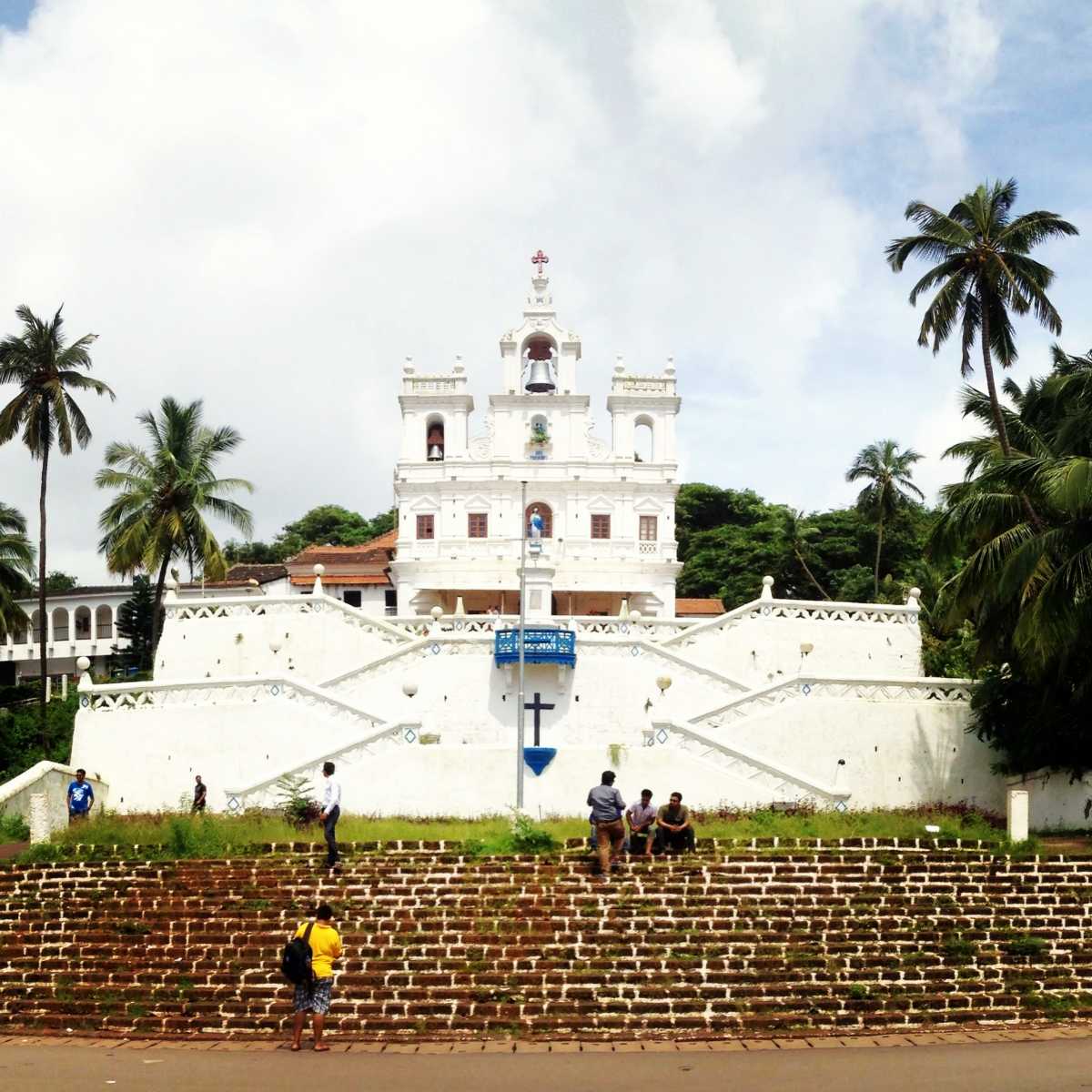
The Goan Life and Culture
People
living in Goa are referred to as Goans. A small state on India's western coast,
Goa has always benefitted as a trade centre because of its easily accessible
ports. A beautiful harmonization of the East and West, Goans have taken the
best of both worlds. A civilization of warm, happy people, Goa sees a mix of
different religions like Christians, Catholics, Muslims and Hindus that live
together in consonance. Following their age-old traditions and customs, Goan's
celebrate all major festivals with fervour without bringing any religious
barriers within the society.
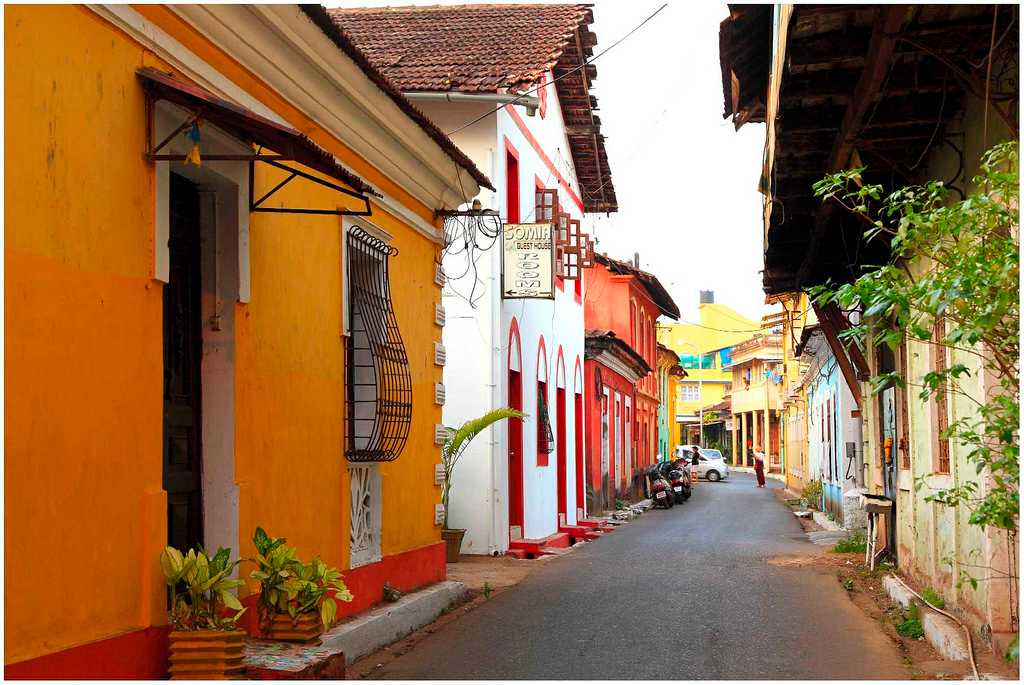
Dwellers who
live in small villages within the state are neither overtly greedy for money
nor poor. Living off lavishly with what they earn through the peak months of
tourism, goan's live life to the fullest. With a strong influence from the
west, Goa has always had the more modern mindset as compared to other states of
India. Their rich heritage culture has been untouched with modern reformations
one sees in big cities. Celebrating livelihood and religious festivals with
scrumptious food and delightful music, the locals are humble, warm and fun
loving individuals._20171223221252.jpg)
_20171223221252.jpg)
Food and
drinks are an integral part of marking Goa's vibrant culture. Meals bring
families together, and a staple is the combination of Goan fish curry and rice.
A dish that brings a warm coconut flavour to the palate, this one is a must try
if you are visiting the city. Apart from this staple, Goa is also famous for
its mixed bag of freshly caught seafood. Prawns, crabs, kingfish with their
traditional spicy
marination are a delectable delicacy for the locals. Another festive favourite
for the Goans is their beef and pork roasts that are a must on their Christmas
men's which is best paired with Goa's famous brew Feni, made with fermented
cashews. Coconuts, spices and fresh catch from the sea are core ingredients one
will find in any Goan home, making their food hearty and absolutely delicious.
Fish curry and rice, a dish which is synonymous to the state of Goa, is
prepared via using a host of ingredients like coconut, chilli peppers, cashew
and seasoning. Other dishes like the Bebinca (a multi-layered sweet dish) and
the Khatkhate are essentials when friends get together or during festivities.
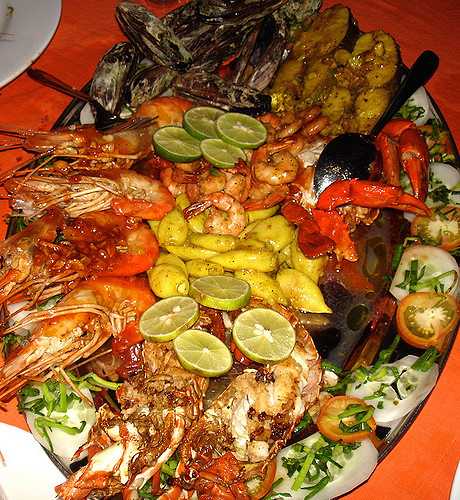
Occupation
Unlike
cosmopolitan cities in India, the locals of Goa live a beautiful and leisurely
life, living each moment to the fullest. Reaping the benefits of its location,
the most common occupation of locals is fishing. Owing to the fertile land and
abundant water supply, often locals practice farming and grow common food items
like cashew, coconuts, jackfruit and other grains. Apart from this, the next
most sought-after business in a tourist overrun location like Goa, locals run
shacks, guest houses and are tourist guides in the prime season. To sustain
themselves in the offseason they practice the cultivation of local crops and
grains.
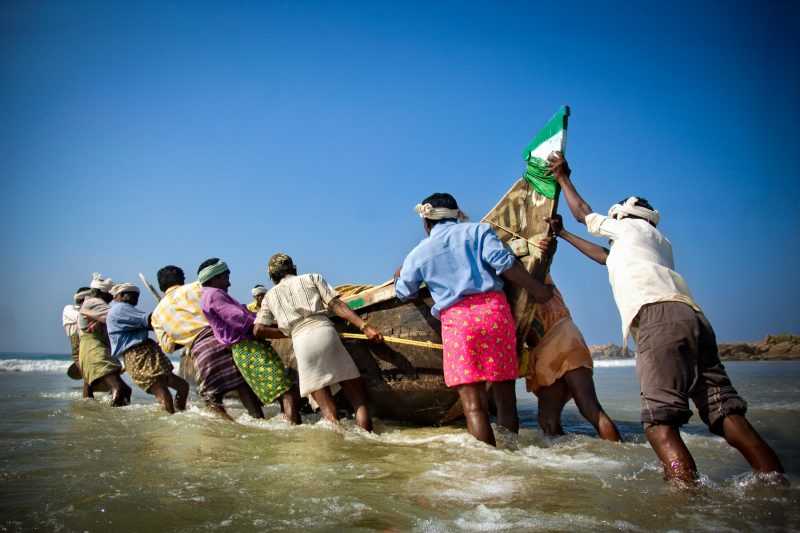
Handicrafts of Goa
In an area
where tourism is the core economy booster, small handicrafts and souvenir
jewellery are popular items found in the local markets. Skilled artisans reuse
shells and coconut skins found on the beach to make stunning jewellery, frames,
and showpieces for home decor. Apart from this, bamboo, brass, and silver are
also widely sold in the form of jewellery and artefacts that attract tourists
from across the globe.
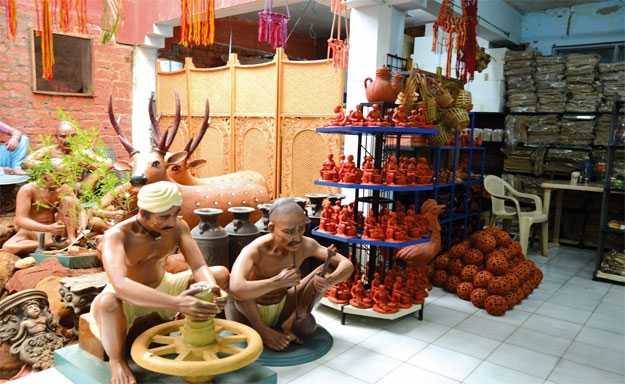
Dance and Music Culture of Goa
Goans have a
particular fondness for performing arts, which is very distinct from the other
states of India. A beautiful blend of Indian and western, Goan art forms
consist of Fugdi, Dhalo and the Kunbi that date back to the Portuguese era in
Goa. The folk dances and music in the state are performed for both religious
festivals and cheerful events. The rich and exquisite culture of Goa adds a
feather this already favoured travel destination in India.
Dekhni Dance
Goff Tolgadi And Shigmo
These are a
couple of dance forms that are very local to the Goan community and are usually
performed during the months of Spring, as an offering and jubilation which the
season brings to the peasants and their crops. The Goff consists of weaving
braids with various tints of colours and is often performed by the people
residing in the Canacona Taluka (province) of Goa.
The Shigmo
is marked by traditional dances that are performed by wearing colorful dresses
accompanied by beats of a dhol, tasha or that of cymbals. Processions of floats
on which we can see passionate actors enact performances conveying the history
of Goa, can be seen throughout the street of Goa.
Traditions Goan Attire
The
traditional costume of the women folk in Goa comprises that of a 9-yard sari
also referred to as the ‘Pano Bhaju’ and some jewellery to balance out the
entire outfit. The fishermen do not have any particular attire but are usually
seen adorning bright cotton shirts with half pants.
The attire
of the tribal people in Goa comprises of a loincloth known as ‘Kashti’, with a
blanket draped around their shoulders. The women wear a traditional sari with a
tied knot using their ‘Kunbi palloo’ and have a very distinctive dressing style.
This coastal
paradise is one of the most sought-after tourist destinations, despite its
multicultural influences. So if you haven't seen this vibrant treasure of our
country, plan your next trip to Goa and be charmed by the humble locals and
high-spirited culture of this beloved city.
Nice
ReplyDeleteNicely done 👌👌
ReplyDeleteGood information
ReplyDeleteGood
ReplyDeleteGood
ReplyDeleteGood
ReplyDeleteNice blog, thanks for sharing.
ReplyDeleteBike On Rent in Goa Candolim